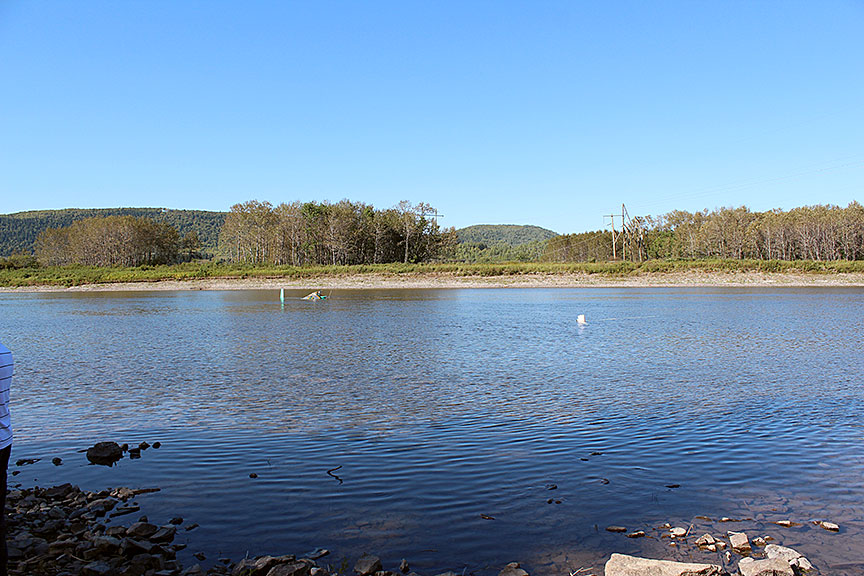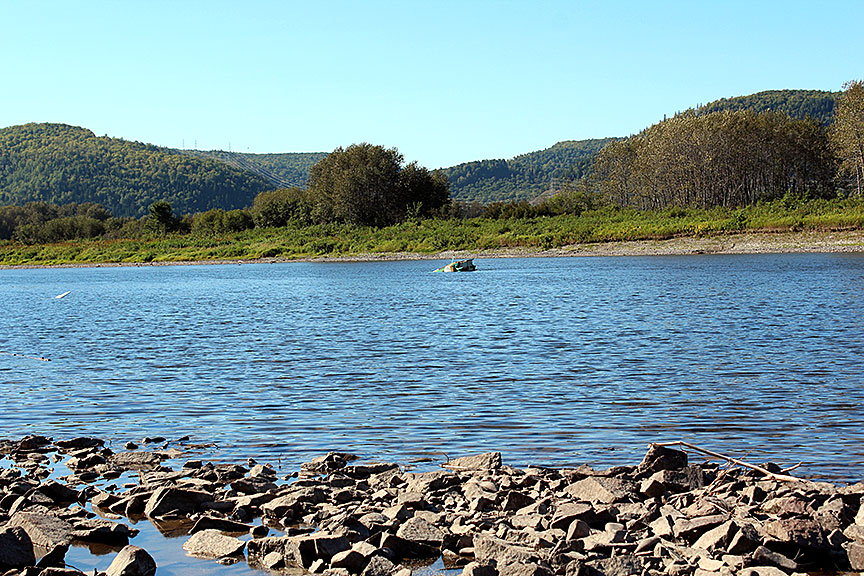Collision with wires
Bell 206B (Helicopter), C-GVJT
Flatlands, New Brunswick
The occurrence
On 4 September 2016, a private Bell 206B helicopter departed Charlo, New Brunswick, for Rivière-du-Loup, Quebec, in visual flight rules weather conditions. The helicopter collided with power lines near Flatlands, New Brunswick, causing substantial damage, and fell into the Restigouche River. The pilot and the front passenger were fatally injured. The rear-seat passenger survived the accident.
Media materials
News release
2016 fatal helicopter accident near Flatlands, New Brunswick, highlights the dangers of low-altitude flying
Read the news release
Deployment notice
TSB is deploying a team of investigators to the site of a helicopter accident near Campbellton, New Brunswick
Dartmouth, Nova Scotia, 4 September 2016 - The Transportation Safety Board of Canada (TSB) is deploying a team of investigators tomorrow to the site of a helicopter accident near Campbellton, New Brunswick. The TSB will gather information and assess the occurrence.
Investigation information
Download high-resolution photos from the TSB Flickr page.
Class of investigation
This is a class 3 investigation. These investigations analyze a small number of safety issues, and may result in recommendations. Class 3 investigations are generally completed within 450 days. For more information, see the Policy on Occurrence Classification.
TSB investigation process
There are 3 phases to a TSB investigation
- Field phase: a team of investigators examines the occurrence site and wreckage, interviews witnesses and collects pertinent information.
- Examination and analysis phase: the TSB reviews pertinent records, tests components of the wreckage in the lab, determines the sequence of events and identifies safety deficiencies. When safety deficiencies are suspected or confirmed, the TSB advises the appropriate authority without waiting until publication of the final report.
- Report phase: a confidential draft report is approved by the Board and sent to persons and corporations who are directly concerned by the report. They then have the opportunity to dispute or correct information they believe to be incorrect. The Board considers all representations before approving the final report, which is subsequently released to the public.
For more information, see our Investigation process page.
The TSB is an independent agency that investigates air, marine, pipeline, and rail transportation occurrences. Its sole aim is the advancement of transportation safety. It is not the function of the Board to assign fault or determine civil or criminal liability.

